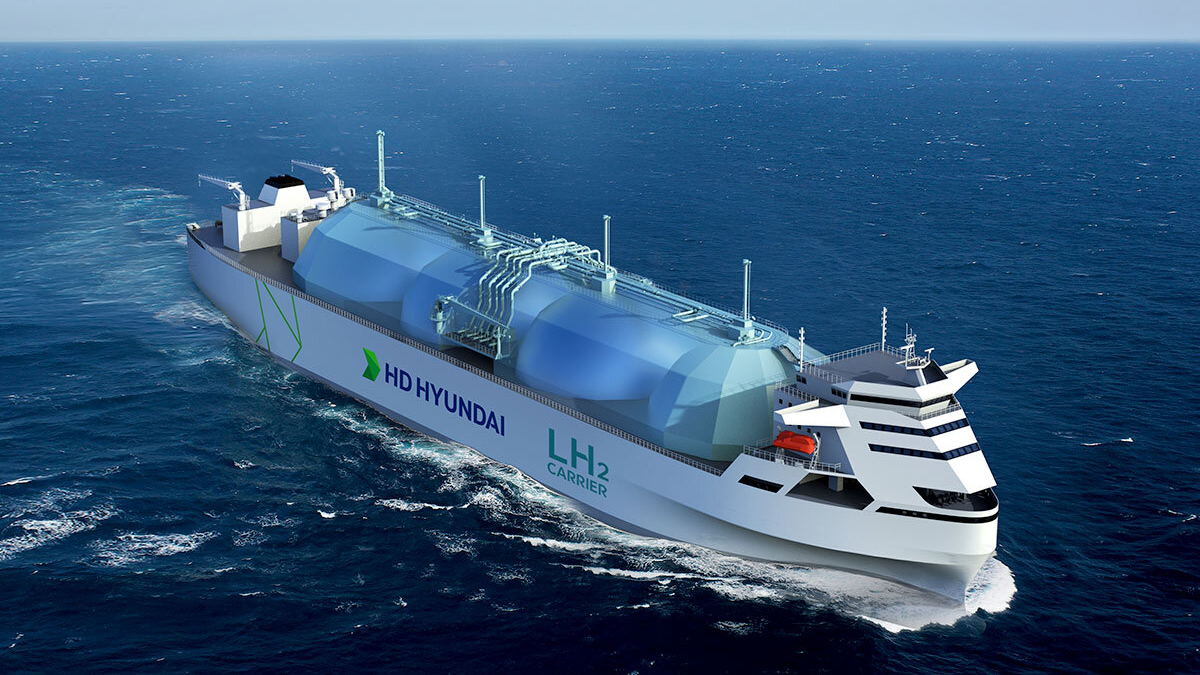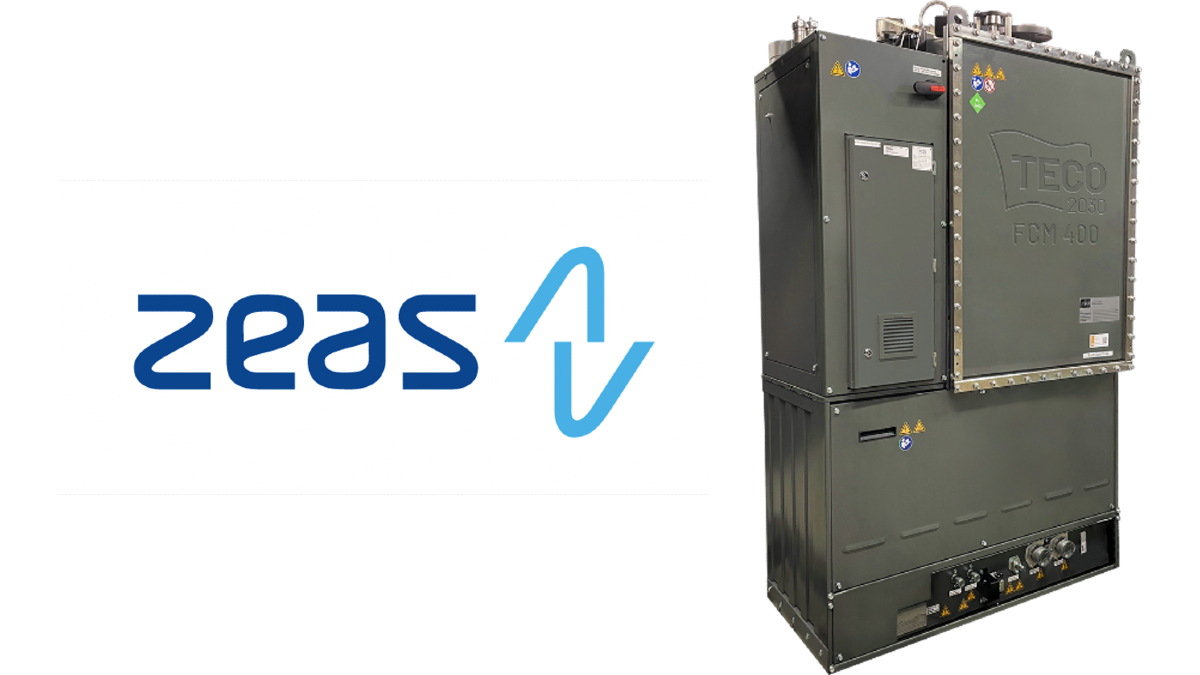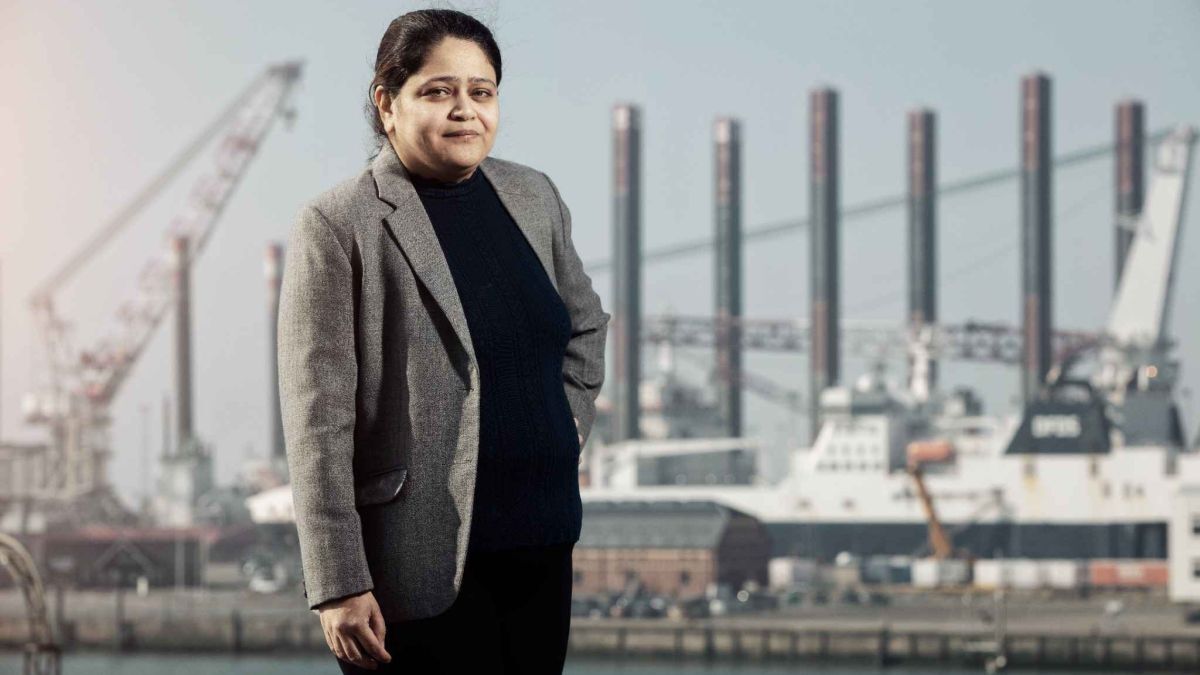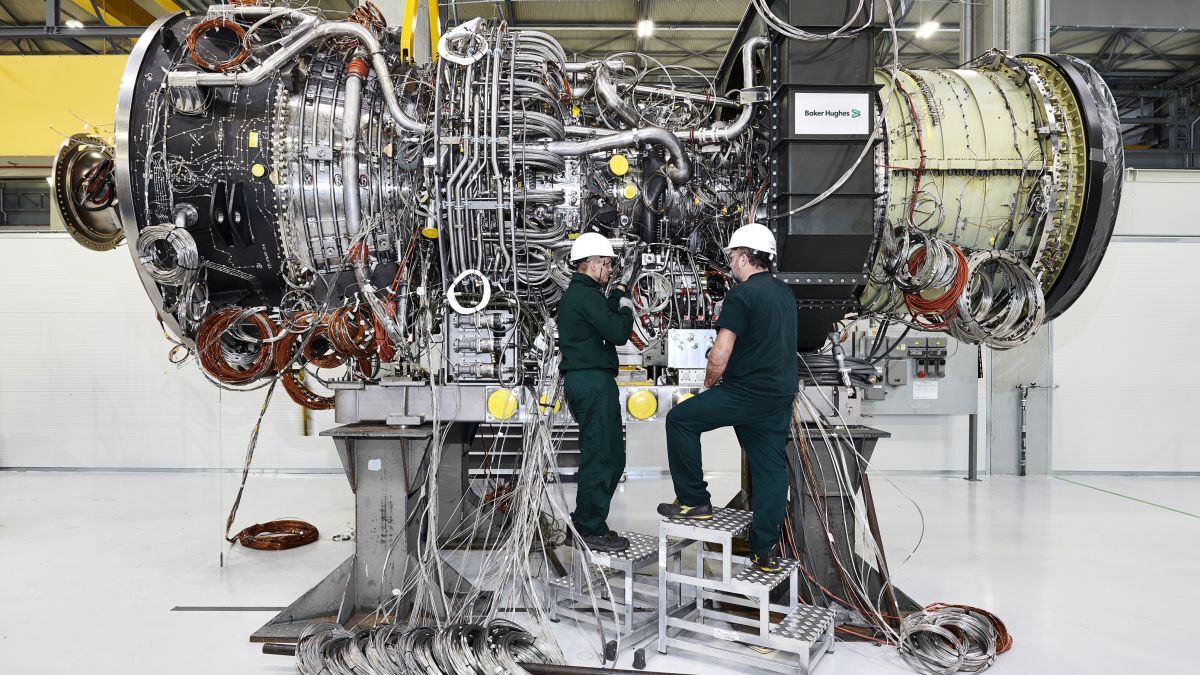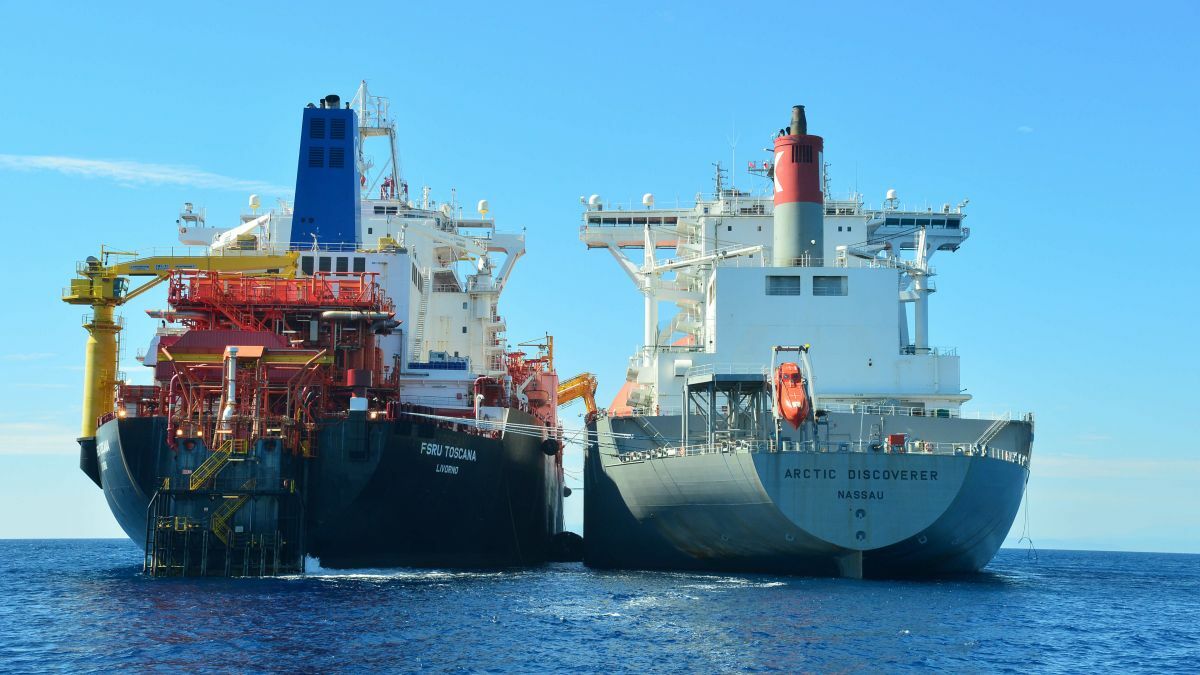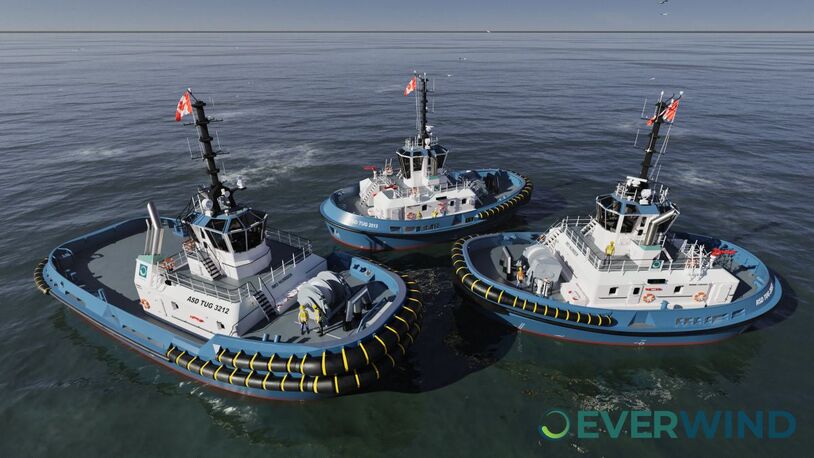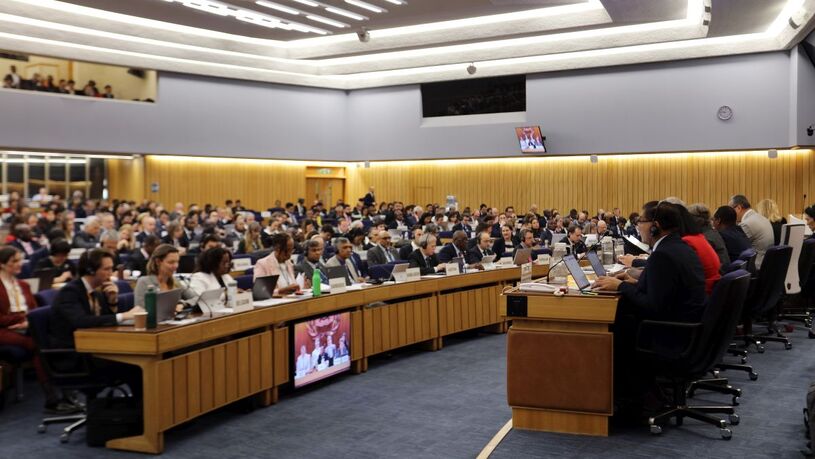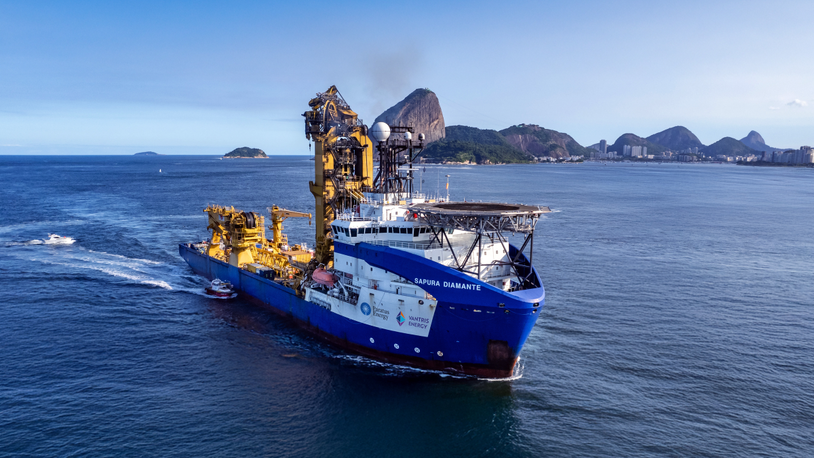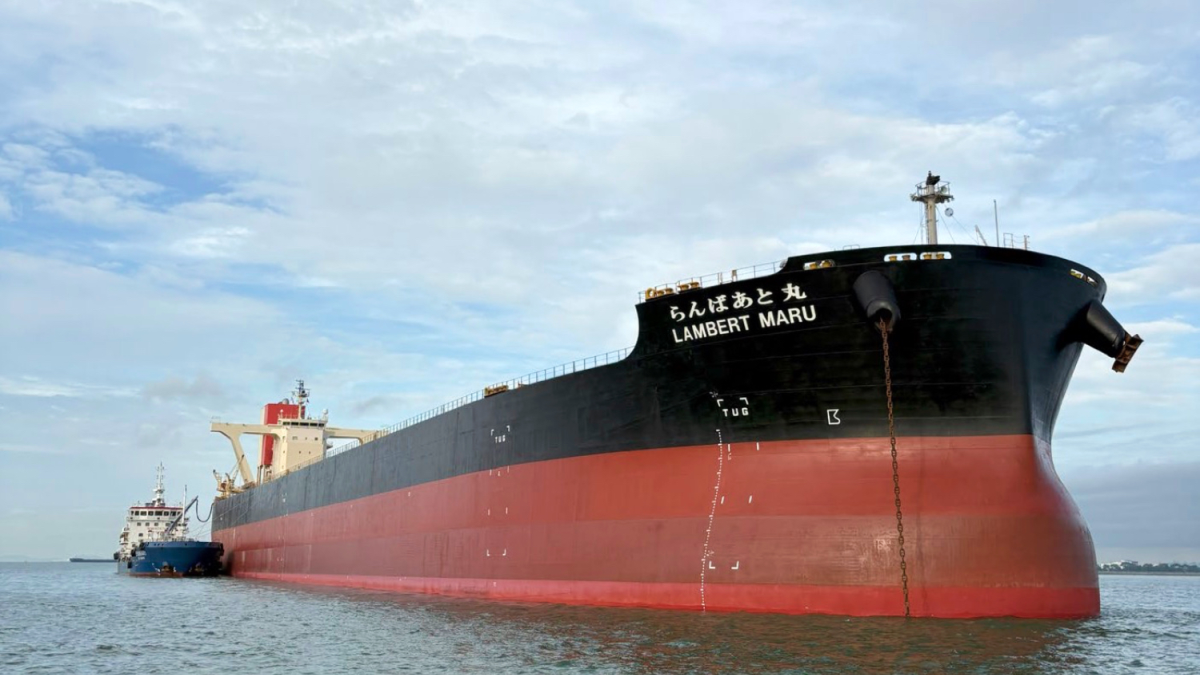Business Sectors
Contents
Register to read more articles.
Alternative fuel-capable newbuilds represent 61% of tonnage ordered in January
Newbuilding contracts for alternative fuel-capable ships continue to flow, accounting for 61% of ships ordered in January based on gross tonnage (gt), as shipowners continue to invest in their decarbonisation pathways
Data compiled by Clarksons Research reveals 102 ships totalling 4.6M gt were ordered in January, with alternative fuel-capable ships representing 61% of the tonnage ordered during the month, up from 45% in 2023.
“Shipping’s ‘fuelling transition’ remains a vital focus,” noted Clarksons Research. The global orderbook was 5,632 ships of 215.6M gt as of 1 February, up 5% in gt terms year-on-year. The 1,543 alternative fuel-capable newbuilds on order account for about 50% of the orderbook in gt terms.
Clarksons pointed out that methanol fuel continues to attract interest, accounting for 34% of gt ordered in January and 9% of the orderbook, up from 1% at the start of 2023. Meanwhile, alternative fuel-capable ships account for 6% of the global fleet in gt terms, a number which is forecast to rise to 9% by the start of 2026.
China remains the world’s top shipbuilding nation, with 2,478 ships aggregating 61.0M compensated gt (cgt) on order, and China State Shipbuilding Corp is the leading shipbuilding group, with orders for 636 ships totaling 22.4M cgt.
New orders in February
In February, Guangzhou Shipyard and Shanghai Waigaoqiao added to the backlog at Chinese shipyards, booking an order for four 10,800-CEU pure car truck carriers (PCTCs) from Hyundai Glovis. BRL Weekly Newbuilding Contracts reported the shipyards will each build two of these record capacity vessels, which will only be able to serve South Korean ports and “will be restricted elsewhere” on the basis of their size. Each PCTC will cost US$112M and be delivered in 2027.
Among the notable shipbuilding and design developments reported by Riviera Maritime Media in February was a multi-national effort led by Japanese owner Mitsui OSK Lines to study hydrogen shipping solutions, including the feasibility of building and operating a hydrogen-powered, 80,000-m3 liquefied hydrogen (LH2) carrier.
Only one LH2 carrier is in the global fleet, the 1,287-m3 Suiso Frontier, which transports hydrogen from Australia to Japan.
And speaking of hydrogen, Croatia-based engineering firm Lürssen Design Center Kvaerner will design and build a new hydrogen fuel cell-powered passenger ship for operation in the Adriatic Sea. Backed by a €13.5M (US$14.7M) grant from the European Union under the Horizon EU programme, the project is called the Zero-Emission Adriatic Ship (ZEAS) and brings together 15 partners. Some €2.3M (US$2.5M) of the Horizon EU grant will be reserved for TECO 2030’s 1.2 MW of fuel cells for the vessel propulsion. TECO 2030’s 400-kW fuel cell module FCM400 will be used in the vessel.
“This project further enables our efforts to showcase how fuel cells and hydrogen can be a large contributor to decarbonise and eliminate harmful emissions of waterborne transport around the world,” said TECO 2030 group chief executive Tore Enger.
Total cost for the ZEAS ferry demonstrator is estimated at €18.9M (US$20.5M).
This most recent hydrogen fuel cell project follows in the wake of TECO 2030 and Norwegian yard Umoe Mandal delivering documentation in early February to the Norwegian Maritime Authority for an approval in principle application of the first hydrogen fuel cell high-speed vessel design.
Alternative fuel first mover CMB.Tech is leading the way forward with ammonia in the box ship sector, placing an order for a 1,400-TEU ice-class feeder vessel, to be named Yara Eyde, with China’s Qingdao Yangfan Shipbuilding for delivery mid-2026. To be owned by Delphis, the vessel will be operated by NCL Oslofjord AS, a joint venture between North Sea Container Line and Yara Clean Ammonia.
Riviera Maritime Media’s Maritime Decarbonisation Conference, Asia 2024 will be held in Singapore, 4-5 March 2024, click here for more information on this industry-leading event
Related to this Story
Events
LNG Shipping & Terminals Conference 2025
Vessel Optimisation Webinar Week
Marine Coatings Webinar Week
© 2024 Riviera Maritime Media Ltd.


